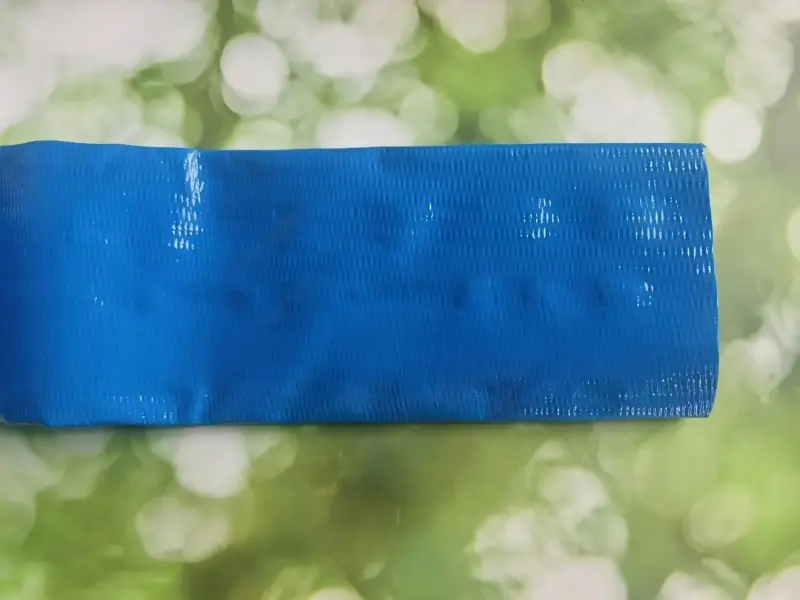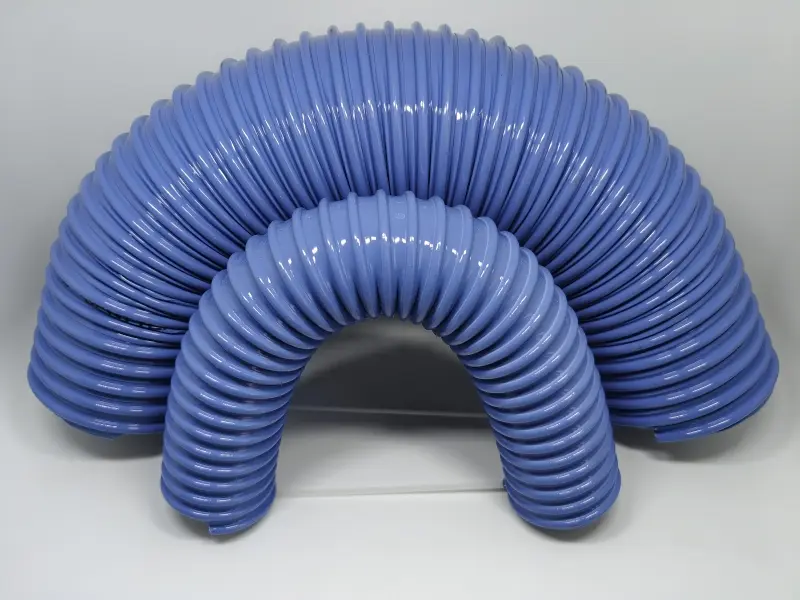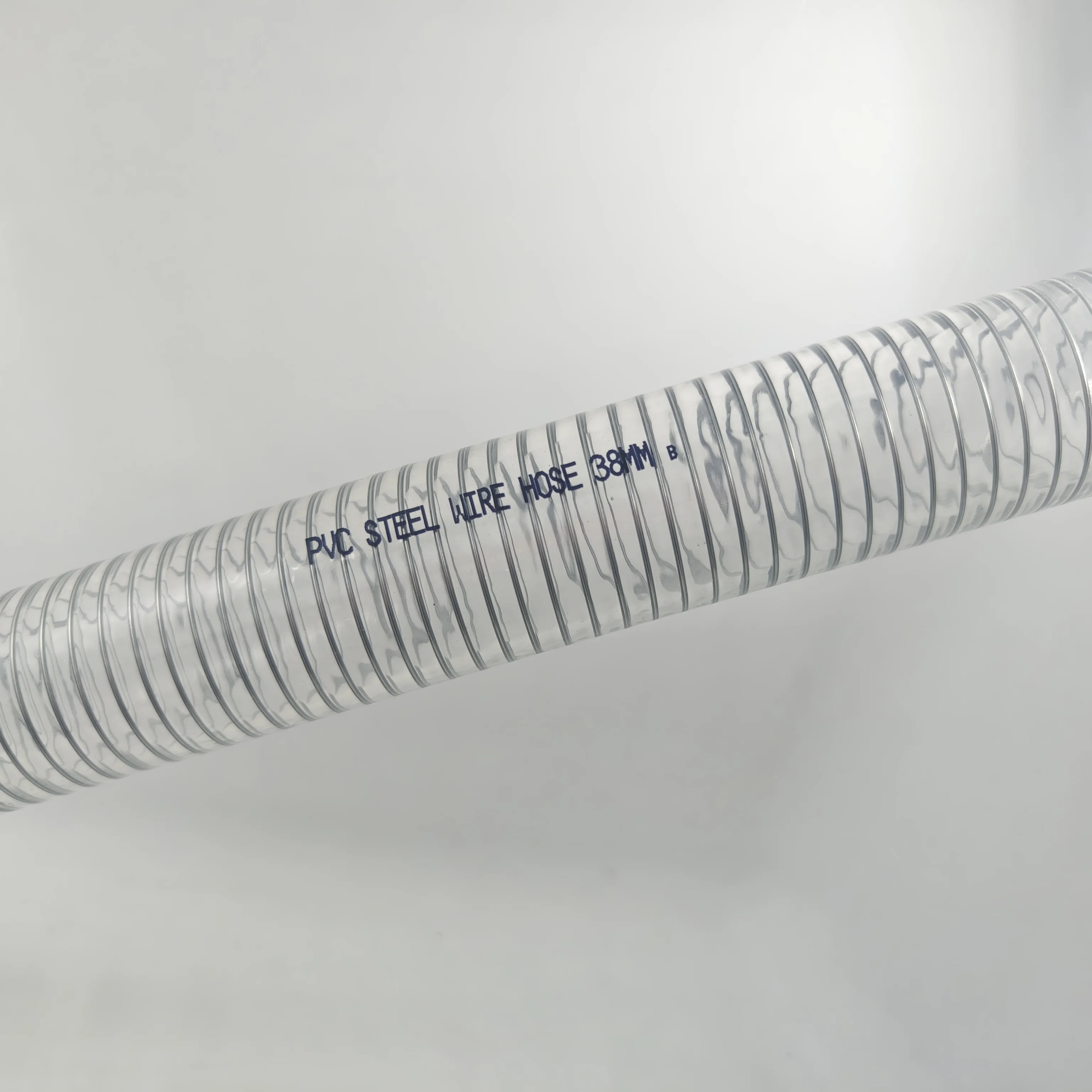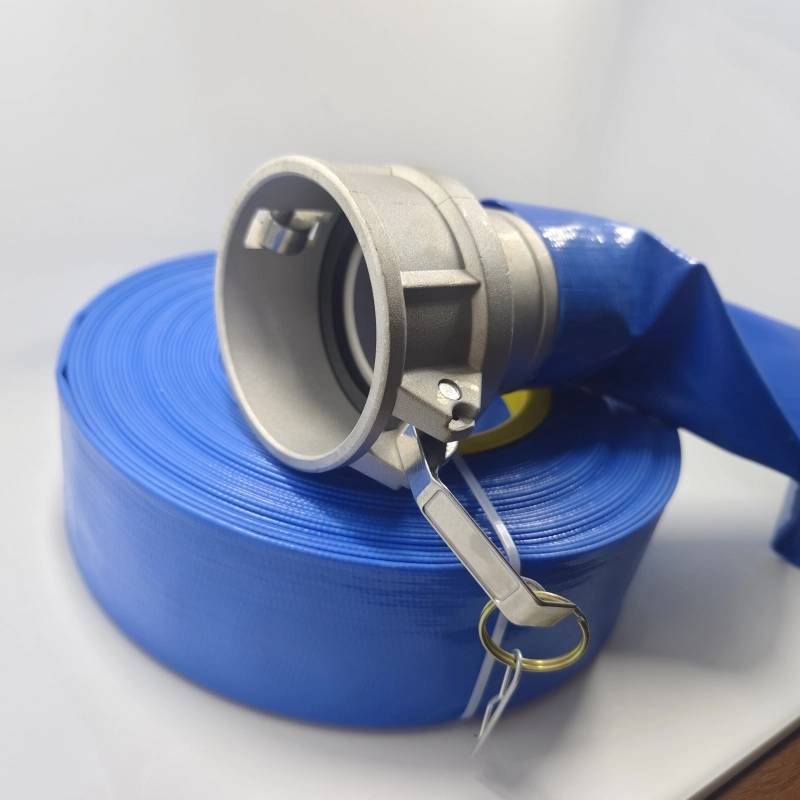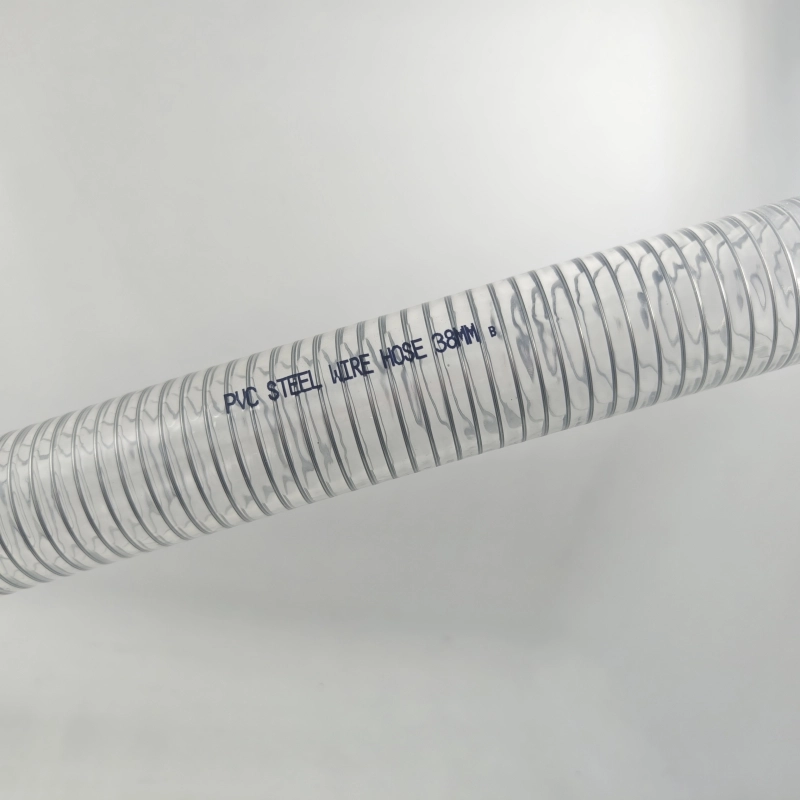Common issues encountered during the use of hoses and their preventive measures are detailed below:
Hose Usage Tips and Troubleshooting Guide
I. Hose Leakage
Leakage in hoses is a common issue that can arise due to various factors during regular use. To prevent this, it's crucial to consider the following:
Quality Selection: When purchasing hoses, always opt for products from reliable manufacturers that have a proven track record of durability and reliability.
Proper Installation: Ensure that the hose is installed correctly, following the manufacturer's instructions. This includes using the appropriate fittings and ensuring tight, secure connections.
Avoid Excessive Forces: Avoid overstretching, over-bending, or twisting the hose, as this can damage the internal structure and lead to leakage.
Regular Inspection: Conduct regular inspections of the hose, checking for any wear, cracks, or other signs of damage. Replace the hose if necessary.
Proper Storage: When not in use, store the hose in a cool, dry place, away from direct sunlight and harsh chemicals.
II. Hose Aging
Hose aging is a natural process that can be accelerated by exposure to harsh environments. To slow down aging and extend the hose's lifespan:
Protect from Harsh Environments: Avoid prolonged exposure to sunlight, high temperatures, and extreme cold. Use insulation or covers to protect the hose.
Limit Chemical Exposure: Keep the hose away from harsh chemicals or solvents that can degrade the material.
Regular Cleaning: Clean the hose regularly to remove dirt, debris, and chemicals that may accumulate over time.
Replace Aging Hoses: Regularly inspect the hose and replace it if it shows signs of aging, such as hardening, discoloration, or cracking.
III. Hose Cracking
Cracking in hoses can be dangerous and should be addressed immediately. Here's how to prevent and handle it:
Avoid Excessive Pressure: Ensure that the hose is rated for the intended application and is not subjected to excessive pressure.
Proper Handling: Handle the hose gently, avoiding sharp impacts or excessive bending that can lead to cracking.
Regular Inspection: Regularly inspect the hose for any cracks or other signs of damage. Replace the hose immediately if any cracks are found.
Temperature Control: Maintain the hose within its operating temperature range to prevent thermal cracking.
IV. Hose Connection Loosening
Loose hose connections can lead to leaks and other issues. Here's how to prevent and address them:
Proper Connection: Ensure that the hose is connected securely to the fittings, using the appropriate clamps, couplings, or other connection methods.
Regular Inspection: Regularly inspect the hose connections for tightness and any signs of wear or damage.
Replace Fittings: If the fittings show signs of wear or damage, replace them immediately to maintain a secure connection.
Use Thread Locking Compounds: Consider using thread locking compounds on threaded connections to prevent them from loosening over time.
The causes of hose rupture can include the following aspects:
Environmental Factors:
Cold Environment: Bending of the hose in cold temperatures can easily lead to external cracks, which may further result in rupture.
Corrosion: For metal hoses, especially in coastal areas with chloride-containing humid atmospheric media, stress corrosion cracking (SCC) due to chloride ions or pitting corrosion can occur, ultimately leading to rupture.
Improper Installation and Usage:
Stretching or Twisting: Stretching or twisting of the hose during installation or usage, when the stress exceeds the limit strength of the hose's steel wire mesh, can cause rupture.
Installation Angle and Bending Radius: If the bending radius of the hose is too small or the installation angle is incorrect, it may lead to internal folding and deformation of the hose, ultimately resulting in rupture.
Material and Quality Issues:
Production Quality: Poor production quality of the hose, such as poor welding of the steel wire mesh, may lead to uneven stress distribution and rupture during usage.
Material Compatibility: Incompatibility between the internal rubber material of the hose and the oil used in the hydraulic system can cause chemical degradation of the hose, leading to rupture.
Aging and Wear:
Natural Aging: Over time, the outer rubber layer of the hose can degrade, developing microcracks. This can lead to the hose developing cracks even with slight bending, ultimately resulting in rupture.
High-Pressure Fluid Corrosion: High-pressure fluid flowing through the hose can corrode and wear away the inner rubber until large areas are exposed from the steel wire layer, weakening the hose structure and leading to rupture.
External Impact and Damage:
High-Frequency Impact Forces: High-frequency impact forces on the hose can cause irregular ruptures in the reinforcement layer.
External Damage: External objects impacting or damaging the hose, such as mechanical damage, can lead to structural impairment and rupture.
Welding and Connection Issues:
Welding Defects: Defects in the welding of hose fittings may be difficult to detect during pressure testing but can lead to cracks or rupture due to fatigue over time.
Improper Connection: Incorrect operation during the connection of the hose to the fitting can lead to insecure connections or uneven stress distribution, ultimately leading to hose rupture.
To prevent hose rupture, it is necessary to consider the above factors comprehensively and take appropriate measures, such as selecting suitable hose materials and specifications, installing and using the hose correctly, and regularly inspecting and maintaining the hose.
Preventive Measures
Layout and Installation:
Avoid heat sources and stay away from engine exhaust pipes.
Use hose clamps, springs, or other protective devices where the hose passes through or may rub against mechanical surfaces.
The bending radius should be greater than 9 times the outer diameter, and there should be a parallel segment of more than twice the pipe diameter at the connection.
Avoid tension during installation and keep the hose loose.
Selection and Materials:
Choose quality hoses and avoid using inferior products.
Select suitable hose materials and temperature tolerance ranges based on actual usage requirements.
Usage and Maintenance:
Avoid excessive pressure or bending on the hose.
Regularly inspect the appearance and performance of the hose and replace aged hoses promptly.
Pay attention to the operating temperature of the hose and avoid exceeding its tolerance range.
Follow the installation and usage instructions provided by the hose manufacturer to ensure correct installation and usage.
Other Considerations:
When installing and removing hoses, ensure that the hose and fittings are tightly connected without overtightening.
Avoid exposing the hose to high or low temperatures for extended periods and develop good usage habits.
By following the above preventive measures, common issues encountered during the use of hoses can be effectively reduced, extending their service life and ensuring the safe and stable operation of equipment.
